These Baby Mammals Have Just Proven That Life is Possible in Space
A recent study conducted by Japanese researchers has shown that mammals can thrive – not just survive – in space. These adorable mice might just hold the key to the future human colonization outside of Earth.
Additional findings indicate that gravity has little to no effect on mammal development, even from the very first stages of life.
A Study That Goes Above and Beyond Mere Survival
Chinese researchers conducted a similar study in 2016, but it only sought to see if life could happen in space. The recent iScience study expands on this knowledge, verifying if embryo development is progressing as it would normally on Earth.
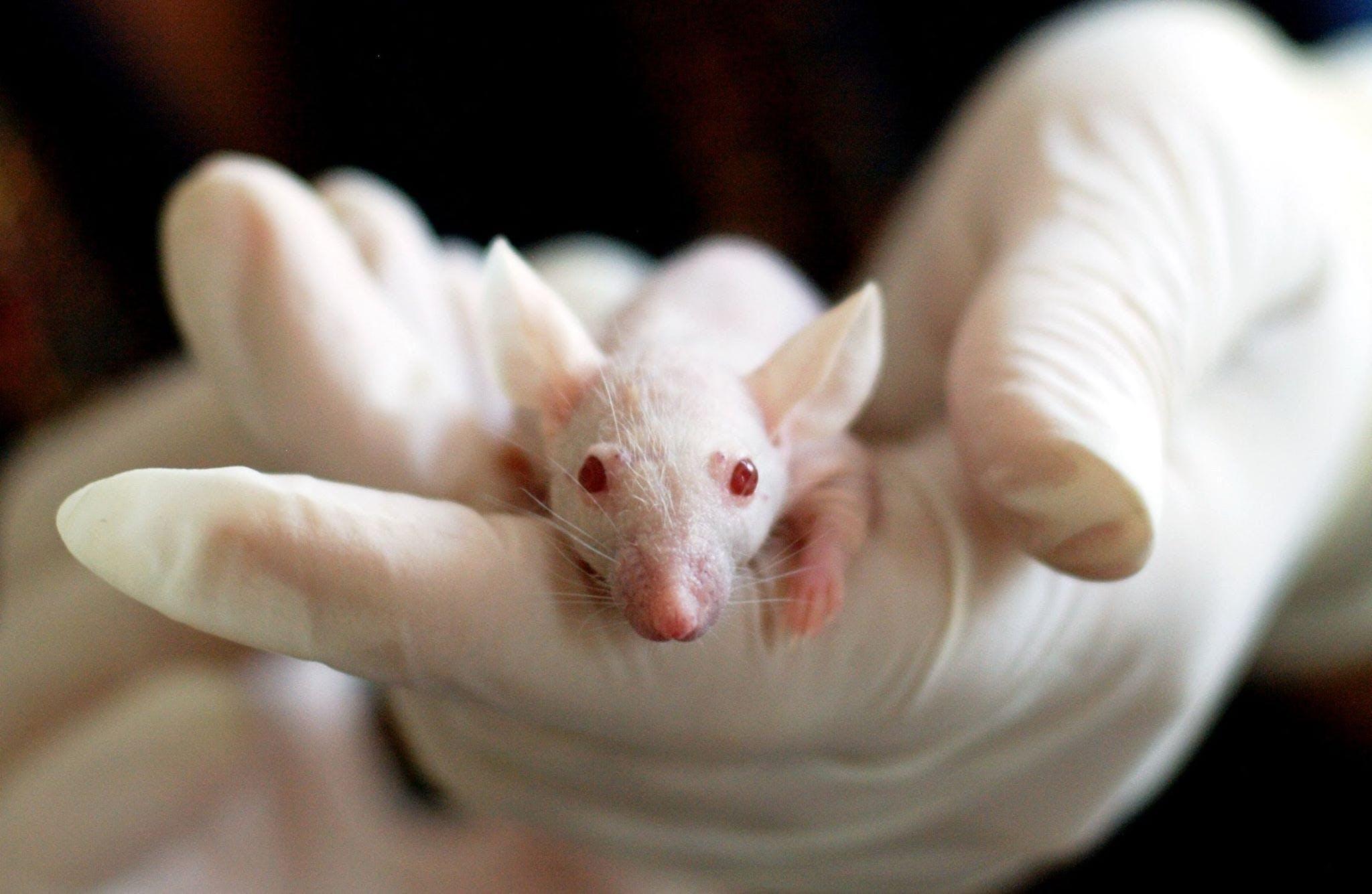
Source: Pexels
Many were concerned about the effects of microgravity on embryo development—however, data shows that we don’t need to be.
Could Human Pregnancy In Space Be Next?
According to lead researcher Teruhiko Wakayama, pregnancy in space could be next on the “to research” list. Since it doesn’t appear microgravity has an effect on the survival of mammalian embryos, scientists are working on ethical reviews for future pregnancy-in-space studies.

Source: Pexels
Since it doesn’t appear microgravity has an effect on the survival of mammalian embryos, scientists are working on ethical reviews for future pregnancy studies in space.
The Right Location for Pregnancy Studies
Research team members have suggested that human pregnancy-based research could take place during a Mars trip in the not-so-distant future.

Source: Pexels
The only problem is it will probably take six months (or more) to arrive on the planet. Further review is needed to make sure that it’s safe for a pregnant person to travel for that length of time.
Astronauts, Scientists, and the Great Thaw Tool Accompanying the Researchers to Mars
As with most science-related matters, special tools are needed to protect the embryos and other sensitive equipment.
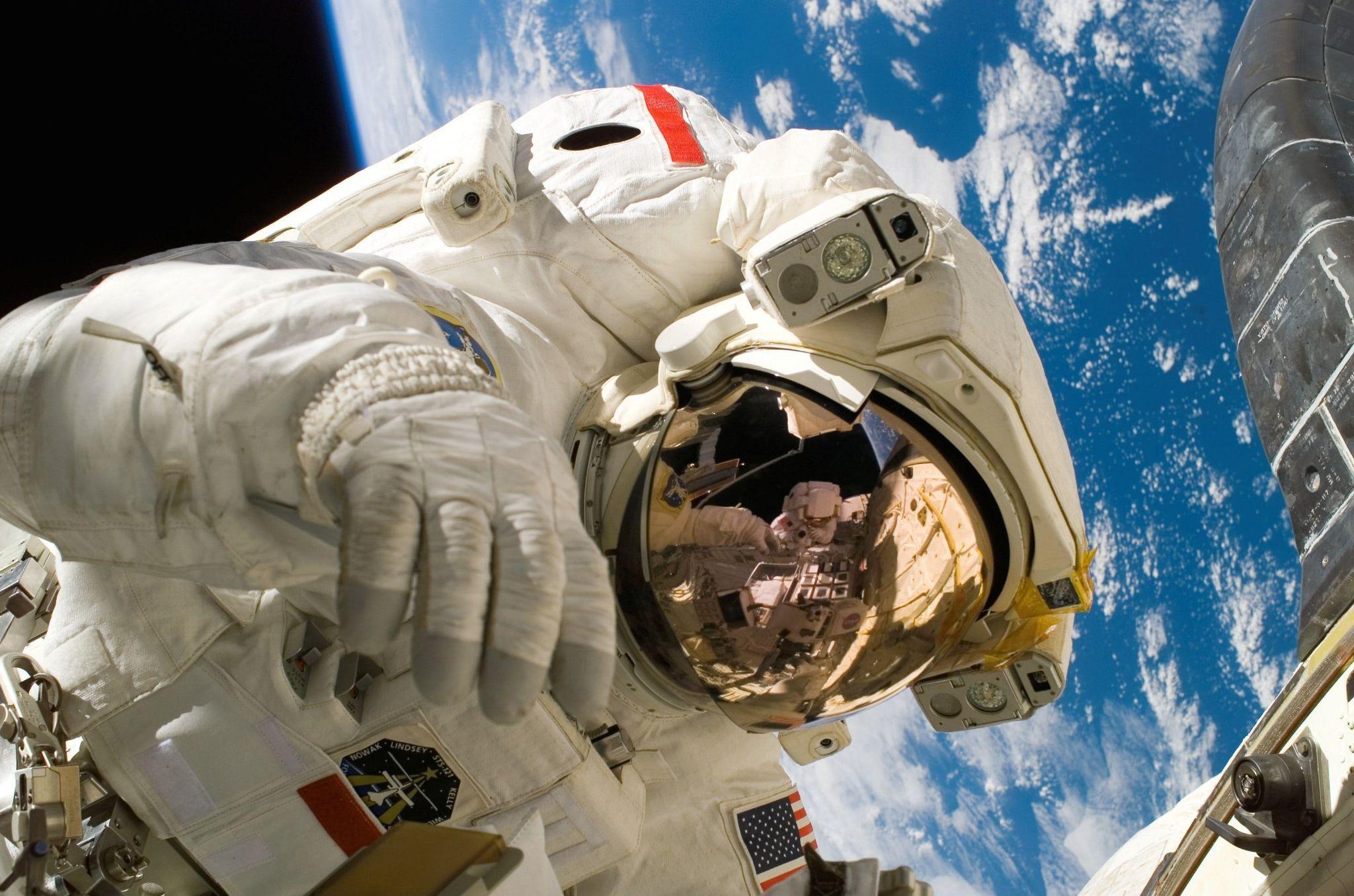
Source: Pexels
This means that in addition to regular crew, we’ll likely see scientists, specialists, and futuristic tools make the trek for further research trips.
A Deeper Look at the Great Thaw Tool
Mice embryos can only survive for four days outside of the mother’s uterus. Since space travel takes longer than that, embryos will need to be frozen before space travel.
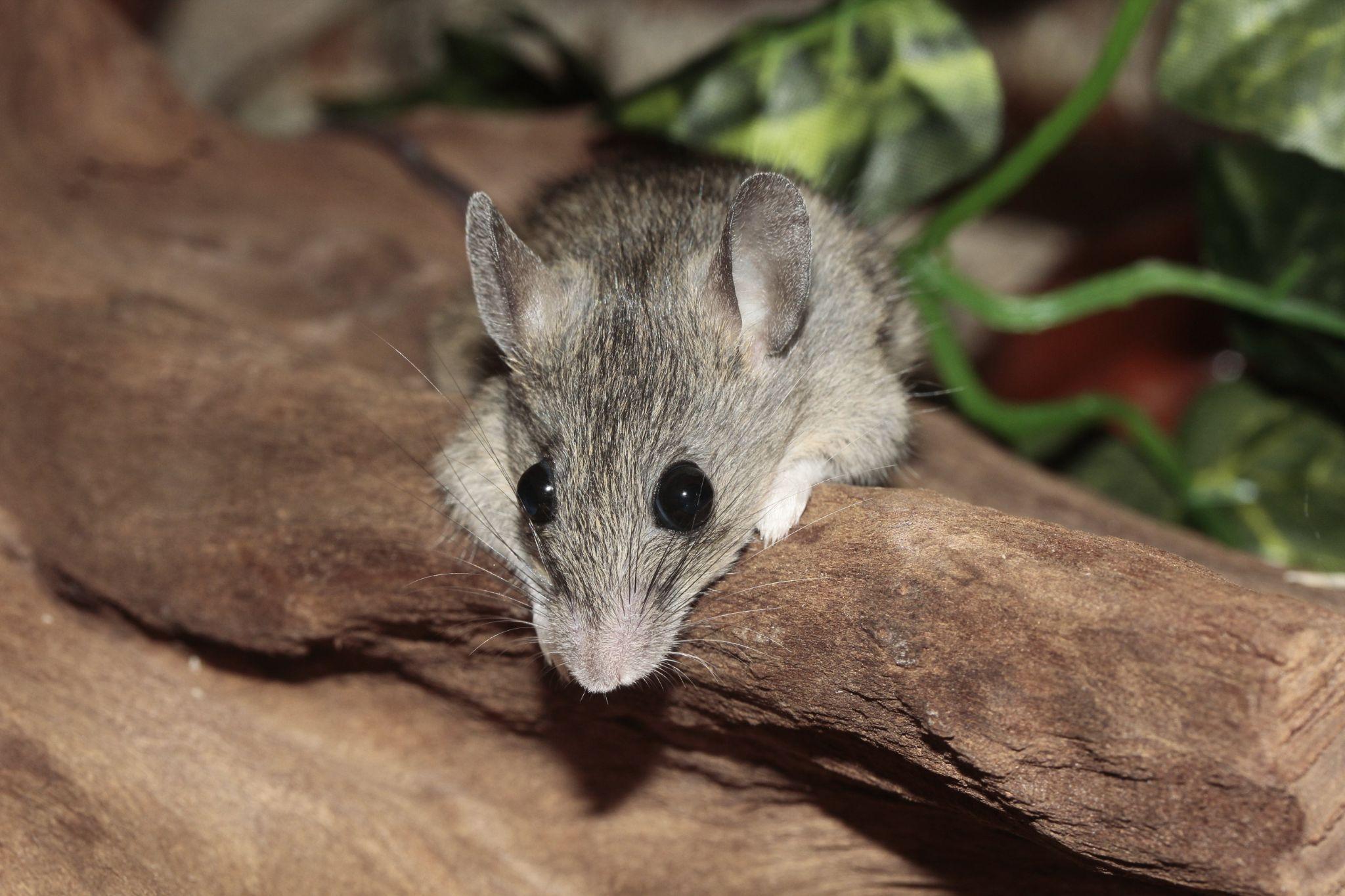
Source: Pexels
Regular scientific tools won’t be delicate enough for the embryos, so researchers have developed a device exclusively designed to thaw and culture them carefully in microgravity.
Debating the Safety of Microgravity for Life and Development
In this most recent experiment, scientists carefully preserved the mice embryos and put them on a return flight to Earth.
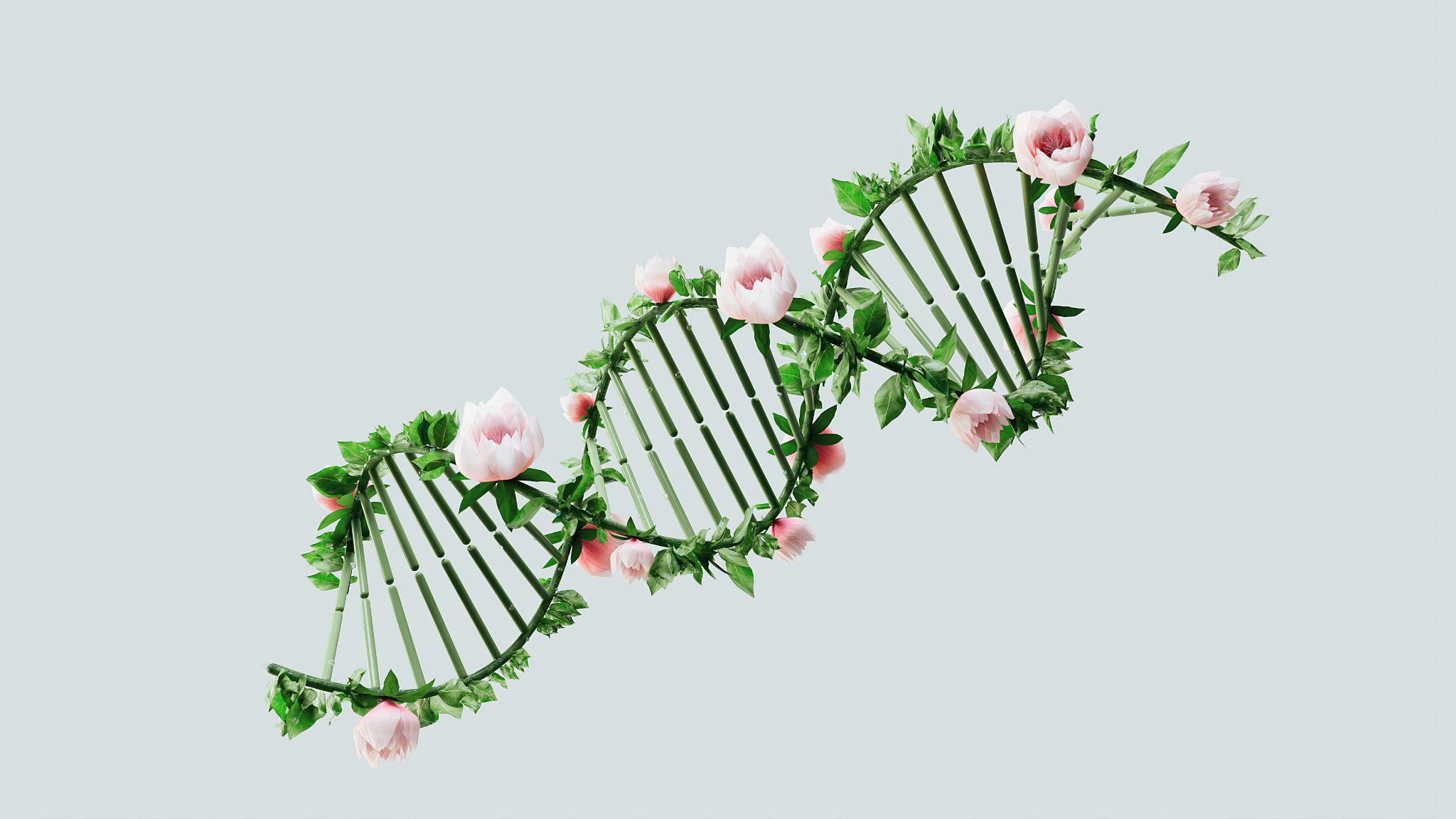
Source: Pexels
Scientists on the ground confirmed that there were no genetic changes found in the embryos’ DNA. This finding indicates that microgravity may be perfectly safe for mammals to be exposed to, even as they are growing and developing.
Scientists Remain Hesitant as Survival Rates Vary
Despite this promising study, many members of the scientific community are still hesitant to comment on the safety of microgravity as it relates to human development.
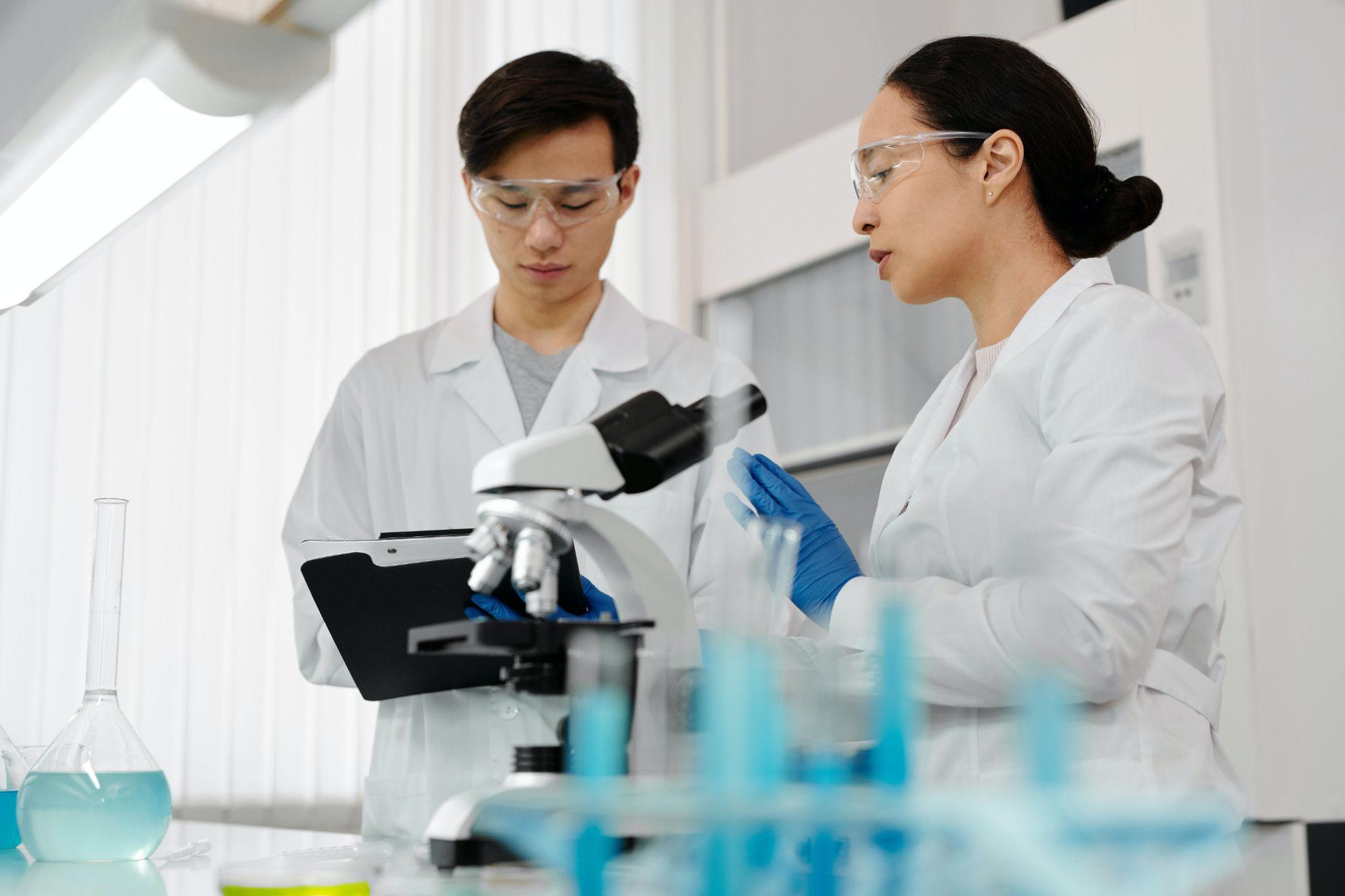
Source: Pexels
Previous studies and research indicate that the embryonic survival rate in space wasn’t consistently high compared to mammalian survival rates on Earth. However, this study showed that normal development is possible under microgravity conditions.
Where the Future Will Take Us
Now that we know that basic embryonic development is possible, it’s time to look to the future. Additional research will likely focus on the possible health complications of microgravity, and differences in the embryos’ vestibular development.
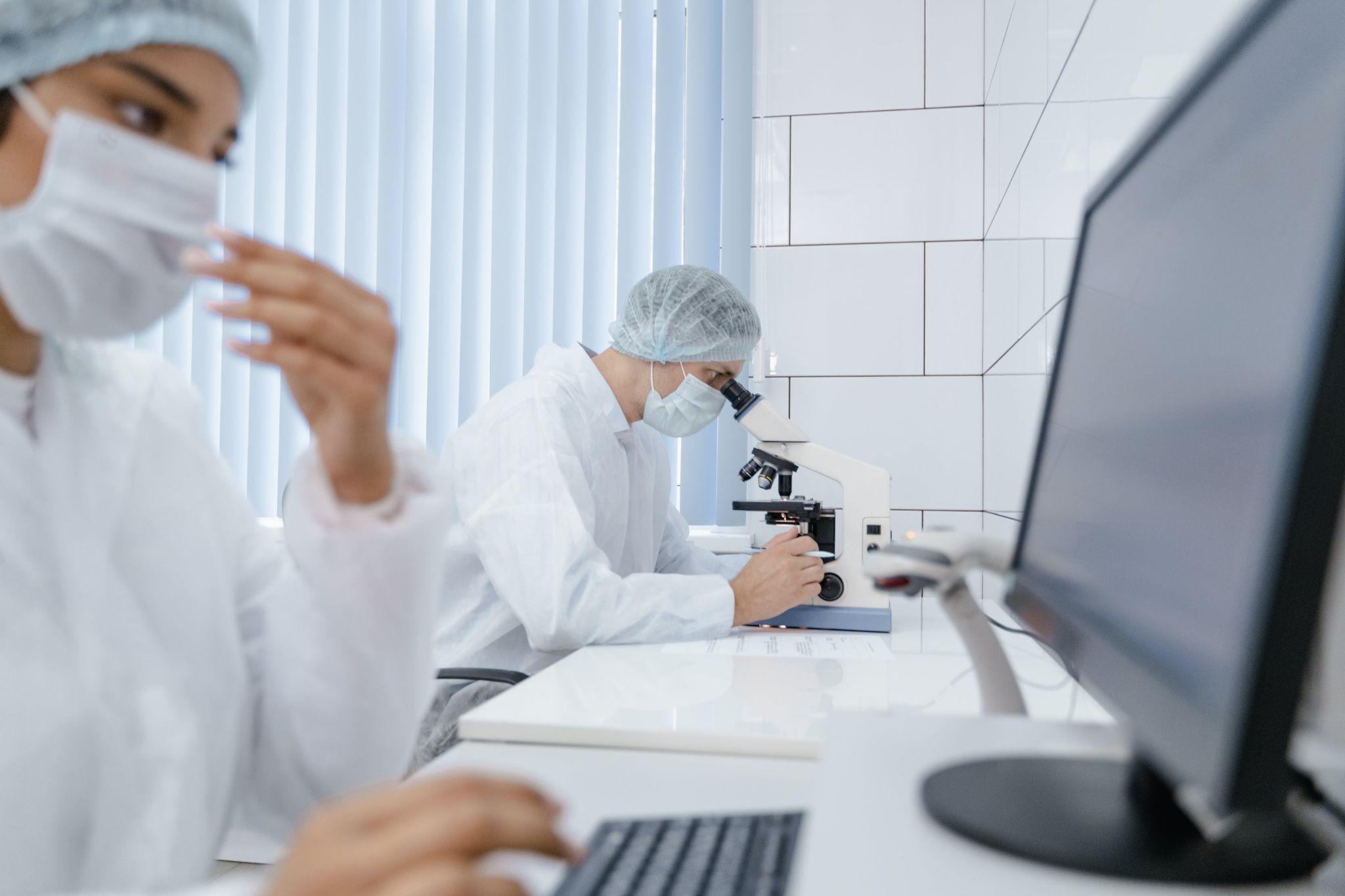
Source: Pexels
Vestibular development is a critical area of growth in a developing embryo and determines how a person or living thing will perceive their space in the world around them. A living being’s vestibular system plays a key role in balance, spatial awareness and function overall.
Is Life In Space Possible? Scientists Say Yes, But They Need More Mice
Researchers on this current published project are excited to see what the future of research holds.

Source: Pexels
While life in space is possible, additional research steps will be needed to ensure safety at all points in the developmental cycle—from embryo formation to the final stages of pregnancy in mice first, then humans.
When Will We Know If Human Life Can Thrive in Space?
We know you’re likely wondering: When will we know if human life can thrive in space? The short answer is as soon as additional research steps and ethical reviews are done.

Source: Pexels
While this is a primary area of study for many researchers as we look to the stars for expansion, it is very expensive to do conduct.
The Next Step: Mice Give Birth On Mars (Or the ISS)
One of the most immediate next steps in the research process is to place the cultured embryos into living mice on the International Space Station (ISS) or on Mars.
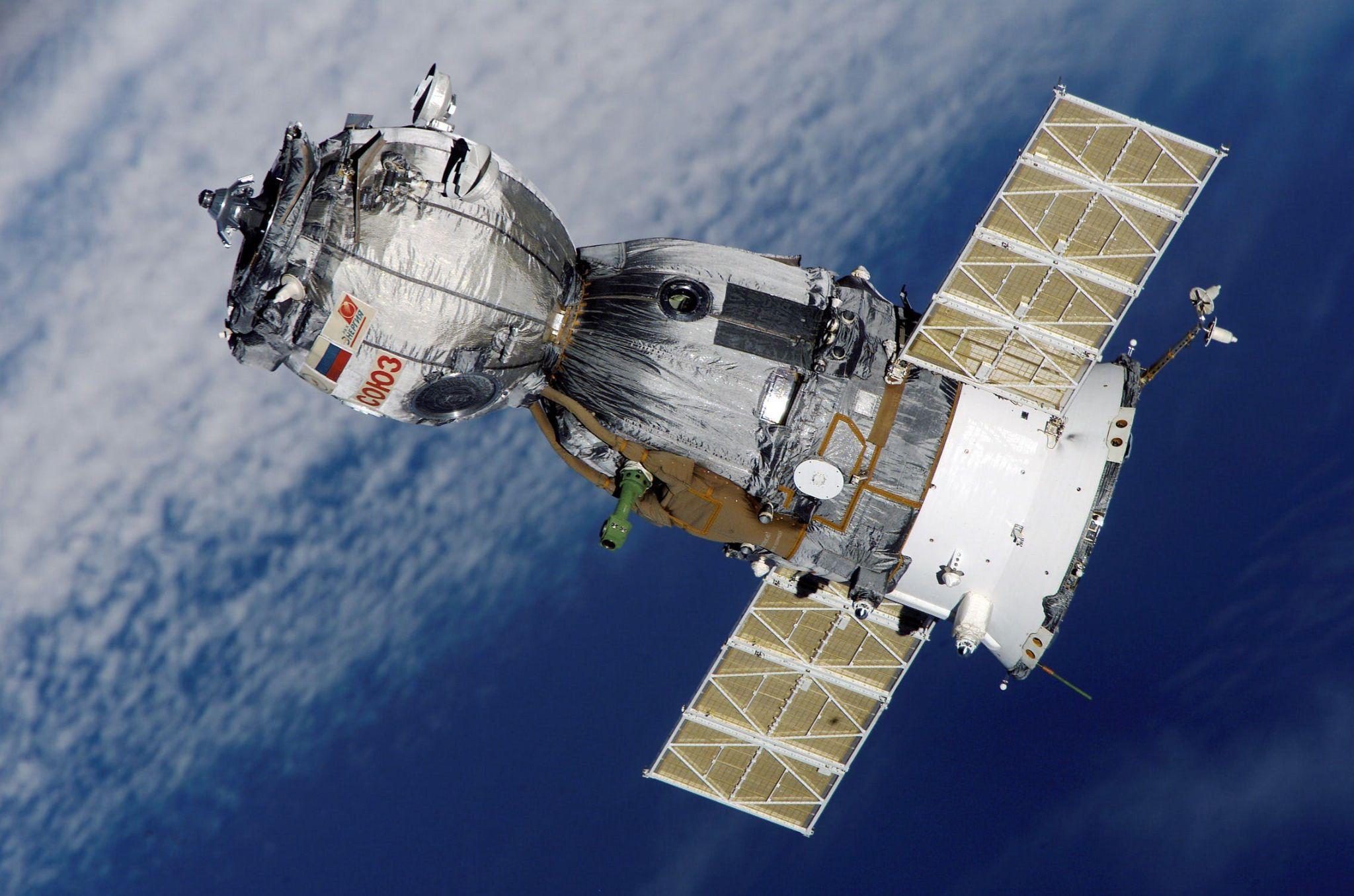
Source: Pexels
This will allow scientists to determine if life truly can thrive and sustain in microgravity conditions. This next step will be critical, as it will either confirm or deny researchers’ hypotheses based on current findings.
